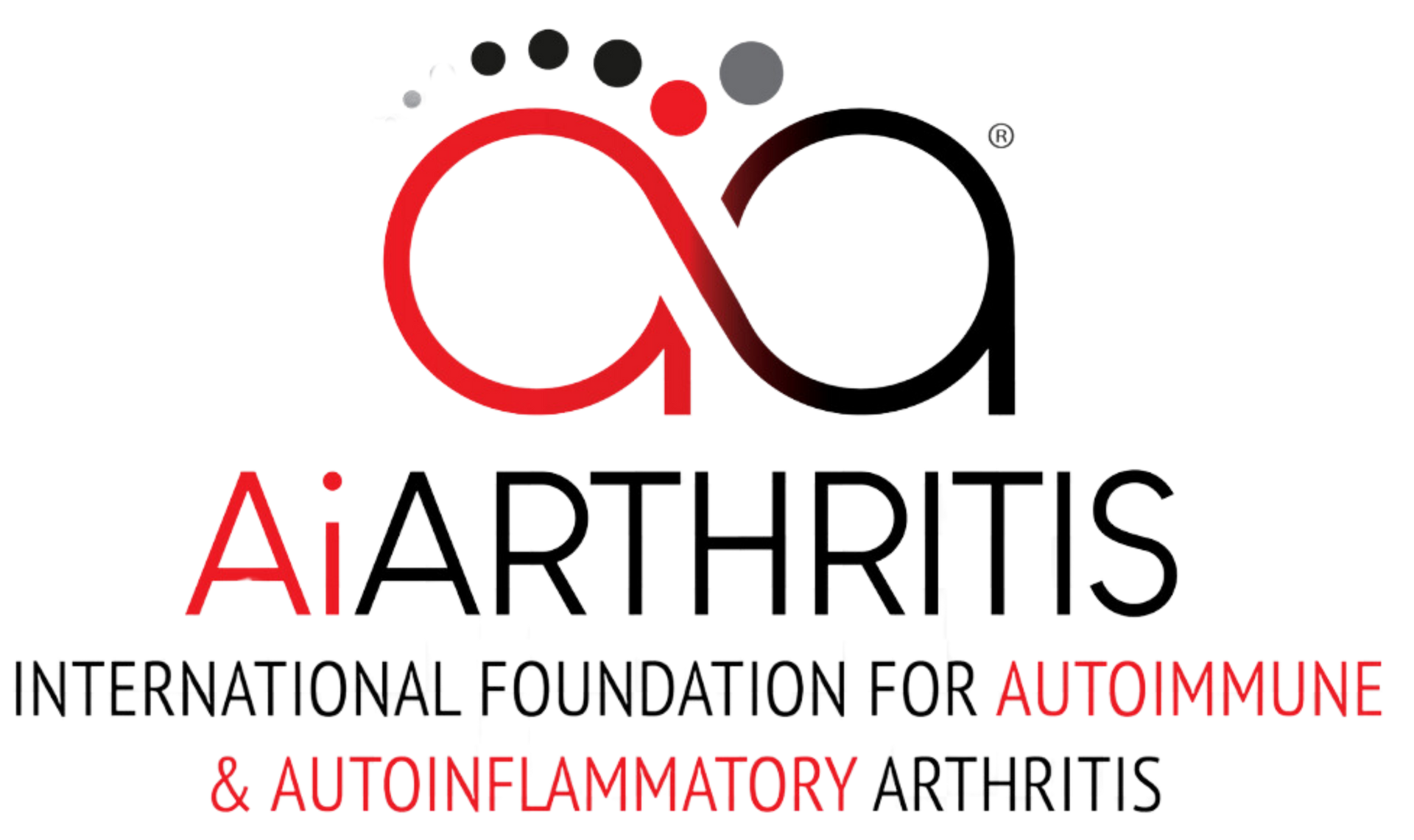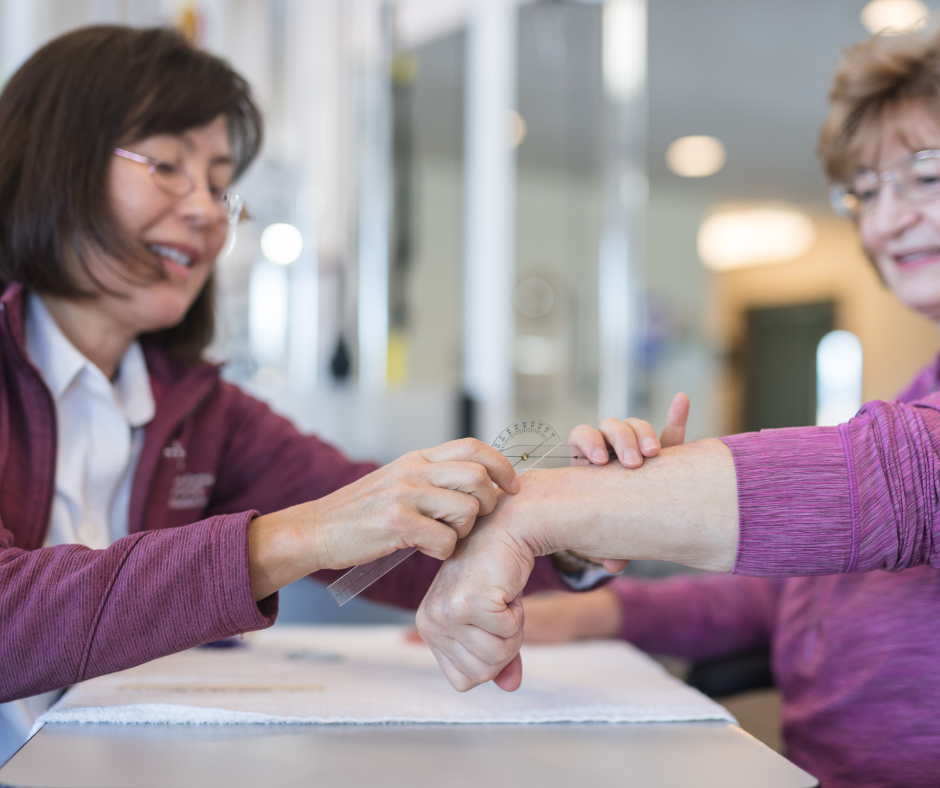Beyond Medications: The Impact of Occupational Therapy on My
AiArthritis Management
My Experience with Occupational Therapy
My journey with occupational therapy has evolved over the years. From being devastated to becoming a patient leader, eight years into my diagnosis, I am now a well-known rheumatoid arthritis patient advocate, writer, speaker, support group host, and patient partner in health research and steering committees. I owe much of my understanding, navigation, and thriving as an advocate, mother, and person living with arthritis to occupational therapy.
Occupational therapists play a critical role in self-management, a crucial part of living well with any chronic illness. While rheumatologists focus on medical treatments, OTs provide practical advice on making daily life easier with an AiArthritis disease. Physical therapists and occupational therapists have been invaluable in managing my AiArthritis disease.
Beyond Work-Related Assistance
Initially, I thought OTs were only for work-related advice, but I soon learned that "occupational" refers to all the activities we need, like, and want to do—from parenting to socializing, house chores, sex lives, and work-life balance. The role of an OT is endless, much like our journey with an AiArthritis disease.
The Accessibility Problem
Unfortunately, not everyone with arthritis has timely access to occupational therapy, especially those in rural areas or facing financial or language barriers. Some rheumatologists also fail to inform patients about OT referrals. It's crucial to refer newly diagnosed patients and those throughout their arthritis journey to an OT to provide customized support and care.
Small Changes, Big Impact
One of the simplest yet most effective pieces of advice from an OT was to place my most-used items within arm's reach to reduce joint pain and overuse. These joint protection strategies help avoid overusing joints, reduce fatigue triggers, and prevent further injury. Shelving my daily used items for easy access has significantly reduced my pain and cognitive dysfunction, simplifying my daily routine even when feeling foggy or forgetful.
Prioritizing, Pacing, Positioning, and Planning
OTs emphasize the importance of prioritizing, pacing, positioning, and planning to manage arthritis effectively. Prioritizing what truly matters, pacing activities to manage symptoms, maintaining proper ergonomics, and planning daily tasks around peak energy times are crucial strategies that have transformed my life.
Understanding Pain Mechanisms
Occupational therapy helps us understand pain mechanisms and provides tools, techniques, and exercises for pain alleviation. For example, I learned that applying too much heat to inflamed joints was more harmful than beneficial; instead, using ice and minimizing heat helped reduce inflammation.
Navigating Assistive Devices
Choosing the right assistive devices can be overwhelming. OTs guide us in selecting cost-effective, high-quality equipment that reduces joint stress and improves daily functioning. From electric can openers to jar openers, raised toilet seats, and more, OTs help identify the best tools for our needs.
Dive into the AiArthritis Voices 360 Talk Show
A Critical Role in My Care Team
Occupational therapists provide unique care and expertise essential for managing AiArthritis disease. Their practical advice and easy-to-understand knowledge make them invaluable members of my healthcare team.
In conclusion, occupational therapists are unsung heroes in my AiArthritis disease care team. Their support and guidance have been instrumental in helping me navigate life with an AiArthritis disease, achieving a better quality of life, and thriving as an advocate and mother.
Discover Our Patient Journey Resources
Navigate every phase of life with autoimmune and autoinflammatory arthritis through the
AiArthritis Patient Journey! From diagnosis to daily living, discover empowering tools, resources, and insights crafted to support you at every step.








